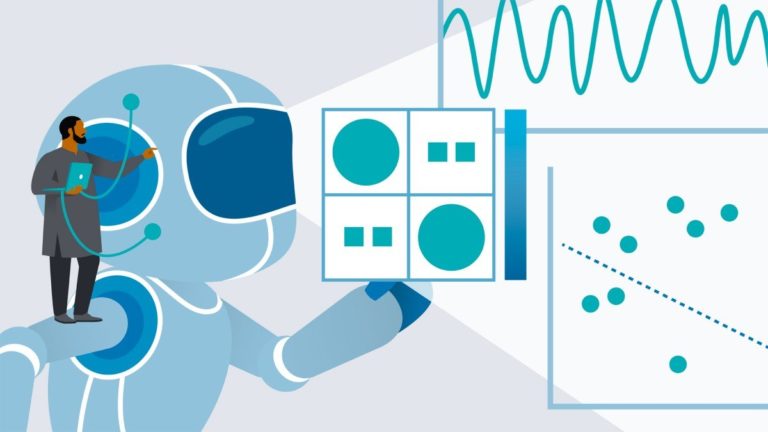In an era where data-driven decisions are paramount, businesses require advanced analytics capabilities to extract deeper insights and drive strategic actions. Power BI, Microsoft’s premier business intelligence tool, empowers users to perform advanced analytics through robust features such as Data Analysis Expressions (DAX) and integration with R and Python. In this blog post, we will explore how Power BI enables advanced analytics and how organizations can leverage these capabilities to gain a competitive edge.
Understanding Advanced Analytics in Power BI
Advanced analytics refers to the autonomous or semi-autonomous examination of data or content using sophisticated techniques and tools. This includes statistical analysis, machine learning, predictive modeling, and complex data visualization. Power BI facilitates these advanced analytical processes through the following key components:
- Data Analysis Expressions (DAX)
- R and Python Integration
Harnessing the Power of DAX
Data Analysis Expressions (DAX) is a powerful formula language designed specifically for creating custom calculations in Power BI, Excel Power Pivot, and Analysis Services. It is essential for anyone looking to perform advanced data manipulations and complex calculations. Here are some ways DAX enhances advanced analytics in Power BI:
- Complex Calculations: DAX allows users to create sophisticated measures and calculated columns that go beyond basic arithmetic operations. For example, calculating year-to-date sales, running totals, or custom KPIs becomes straightforward with DAX.
- Time Intelligence: Time intelligence functions in DAX enable users to perform time-based calculations, such as comparing sales year-over-year or calculating moving averages. This is crucial for trend analysis and forecasting.
- Data Modeling: DAX provides functions to manipulate data models efficiently, allowing the creation of relationships and hierarchies that reflect real-world scenarios. This helps in generating accurate and meaningful reports.
- Filtering and Conditional Logic: With DAX, users can apply complex filters and conditional logic to their data. This capability allows for more granular and detailed analysis, enabling deeper insights.
Leveraging R and Python in Power BI
Power BI’s integration with R and Python opens up a plethora of possibilities for advanced analytics. These programming languages are widely used for statistical analysis, machine learning, and data visualization, providing robust tools for data scientists and analysts. Here’s how Power BI enhances its analytics capabilities through R and Python:
- Advanced Statistical Analysis: By integrating R and Python, Power BI users can perform advanced statistical tests, such as regression analysis, hypothesis testing, and clustering. This is particularly useful for identifying patterns and relationships within data.
- Machine Learning: Power BI allows users to embed machine learning models directly into their reports. By leveraging R or Python, users can create, train, and deploy predictive models within Power BI, providing actionable insights based on historical data.
- Custom Visualizations: While Power BI offers a wide range of built-in visuals, integrating R and Python allows users to create custom visualizations that are tailored to specific needs. This includes advanced chart types, interactive plots, and specialized graphical representations.
- Data Transformation: R and Python can be used for data cleaning and transformation tasks that go beyond Power BI’s built-in capabilities. This ensures that the data used for analysis is accurate and in the required format.
Real-World Applications
To illustrate the practical applications of advanced analytics in Power BI, consider the following scenarios:
- Sales Forecasting: By using DAX for time intelligence and integrating Python for predictive modeling, a business can forecast future sales based on historical data, seasonal trends, and market conditions. This enables more accurate budgeting and inventory planning.
- Customer Segmentation: Using R’s clustering algorithms, a company can segment its customer base into distinct groups based on purchasing behavior. These segments can then be analyzed in Power BI to tailor marketing strategies and improve customer retention.
- Financial Analysis: Financial analysts can leverage DAX for complex calculations such as EBITDA, ROI, and custom financial metrics. Additionally, integrating R for Monte Carlo simulations allows for robust risk assessment and scenario planning.
Power BI’s advanced analytics capabilities, powered by DAX and integration with R and Python, provide a comprehensive platform for deep data analysis. By leveraging these tools, organizations can uncover hidden insights, make informed decisions, and drive strategic initiatives. As businesses continue to navigate an increasingly data-centric world, mastering advanced analytics in Power BI will be a critical differentiator for success.



